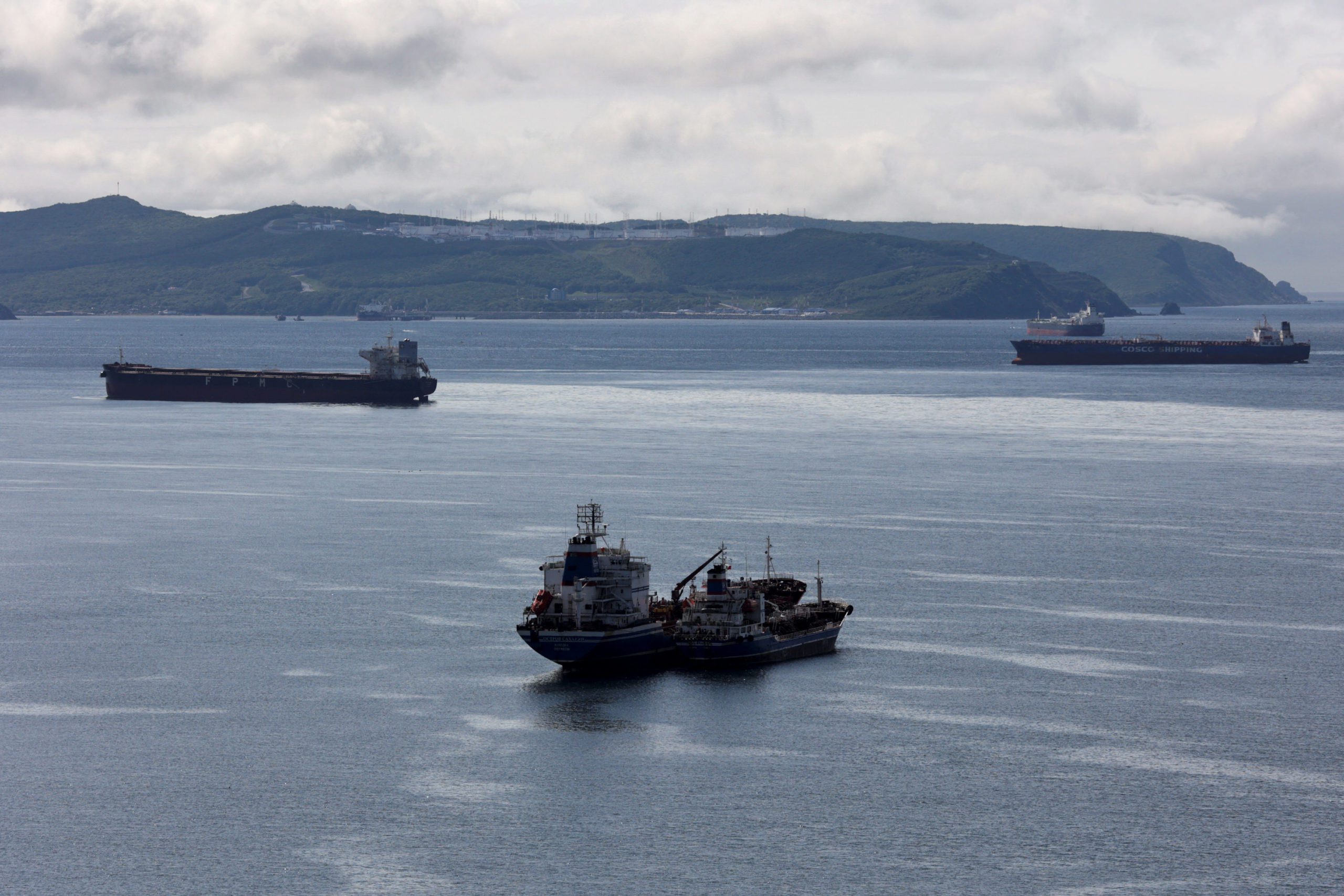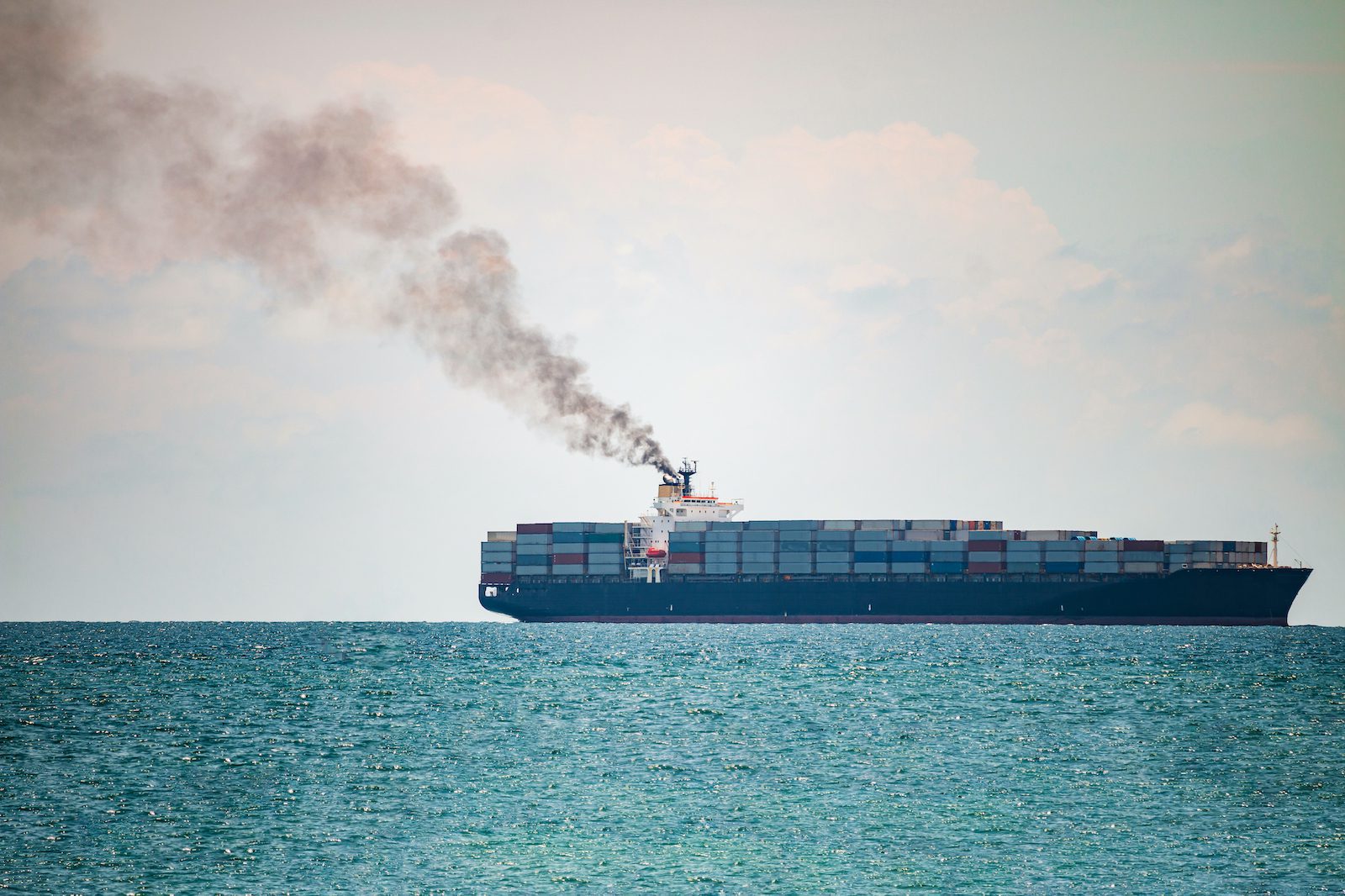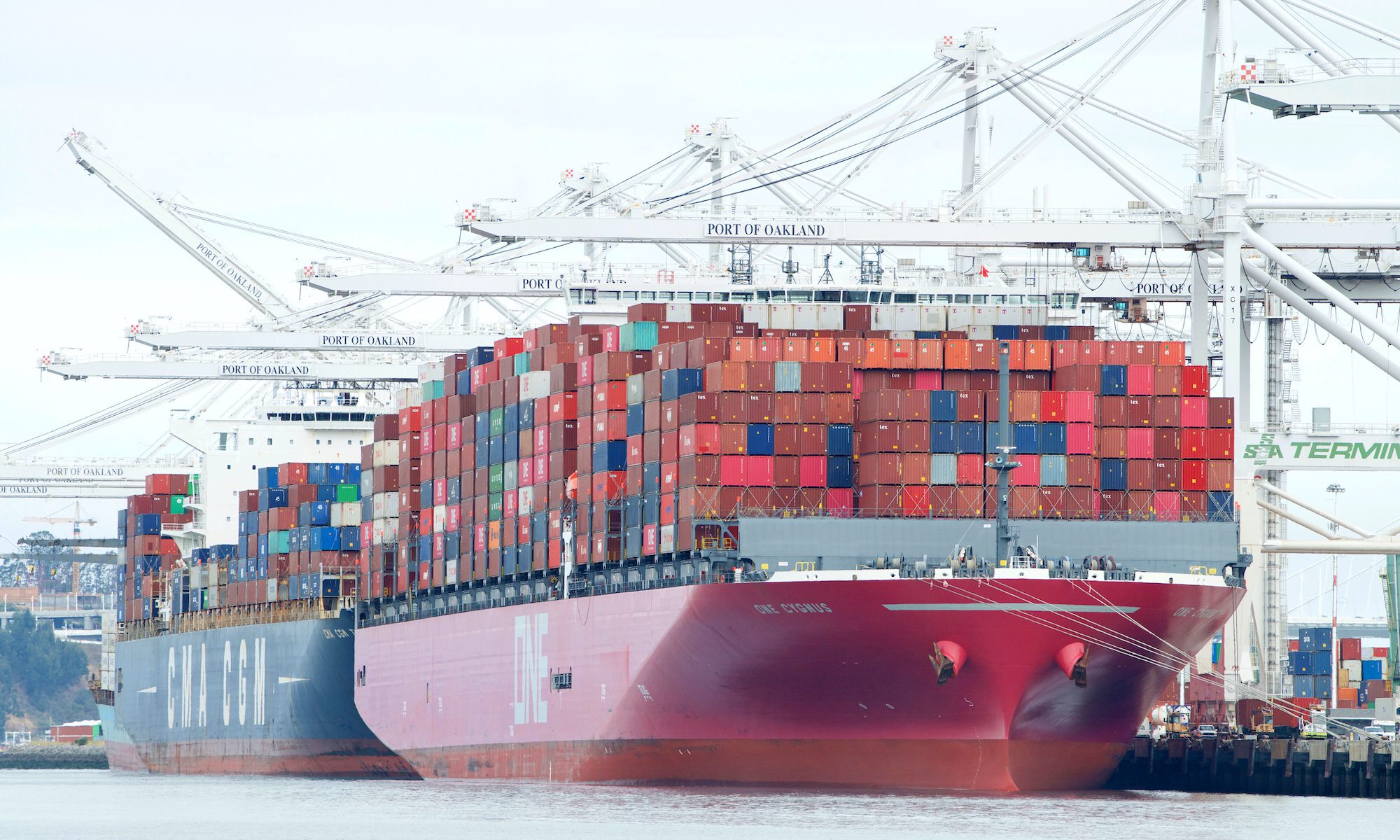By Jan Strupczewski and Kate Abnett
BRUSSELS, Dec 1 (Reuters) – European Union governments tentatively agreed on Thursday on a $60 a barrel price cap on Russian seaborne oil – an idea of the Group of Seven (G7) nations – with an adjustment mechanism to keep the cap at 5% below the market price, according to diplomats and a document seen by Reuters.
The agreement still needs to be approved by all EU governments in a written procedure by Friday. Poland, which had pushed for the cap to be as low as possible, had as of Thursday evening not confirmed if it would support the deal, an EU diplomat said.
EU countries have wrangled for days over the details of the price cap, which aims to slash Russia’s income from selling oil.
The initial G7 proposal last week was for a price cap of $65-$70 per barrel with no adjustment mechanism.
Since Russian Urals crude URL-E already traded lower, Poland, Lithuania and Estonia rejected that level as not achieving the main objective of reducing Moscow’s ability to finance its war in Ukraine.
“The price cap is set at $60 with a provision to keep it 5% below market price for Russian crude, based on IEA figures,” an EU diplomat said.
An EU document seen by Reuters showed the price cap would be reviewed in mid-January and every two months after that, to assess how the scheme is functioning and respond to possible “turbulences” in the oil market that occur as a result.
The document said a 45-day “transitional period” would apply to vessels carrying Russian-origin crude oil that was loaded before Dec. 5 and unloaded at its final destination by Jan. 19, 2023.
Russian Urals crude URL-E had traded at around $70 a barrel on Thursday afternoon.
The G7 price cap on Russian seaborne crude oil is to kick in on Dec. 5, replacing the harsher EU outright ban on buying Russian seaborne crude, as a way to safeguard global oil supply because Russia produces 10% of the world’s oil.
The idea to enforce the G7 cap is to prohibit shipping, insurance and re-insurance companies from handling cargoes of Russian crude around the globe, unless it is sold for less than the price set by the G7 and its allies.
Because the world’s key shipping and insurance firms are based in G7 countries, the price cap would make it very difficult for Moscow to sell its oil for a higher price.
(Reporting by Jan Strupczewski and Kate AbnettEditing by David Goodman, Nick Macfie and Lisa Shumaker)
(c) Copyright Thomson Reuters 2022.

 Join The Club
Join The Club












